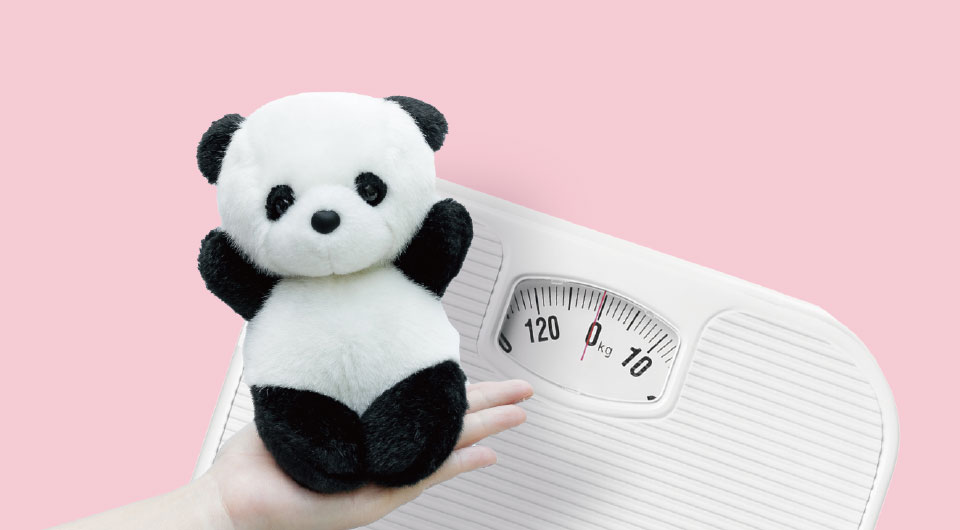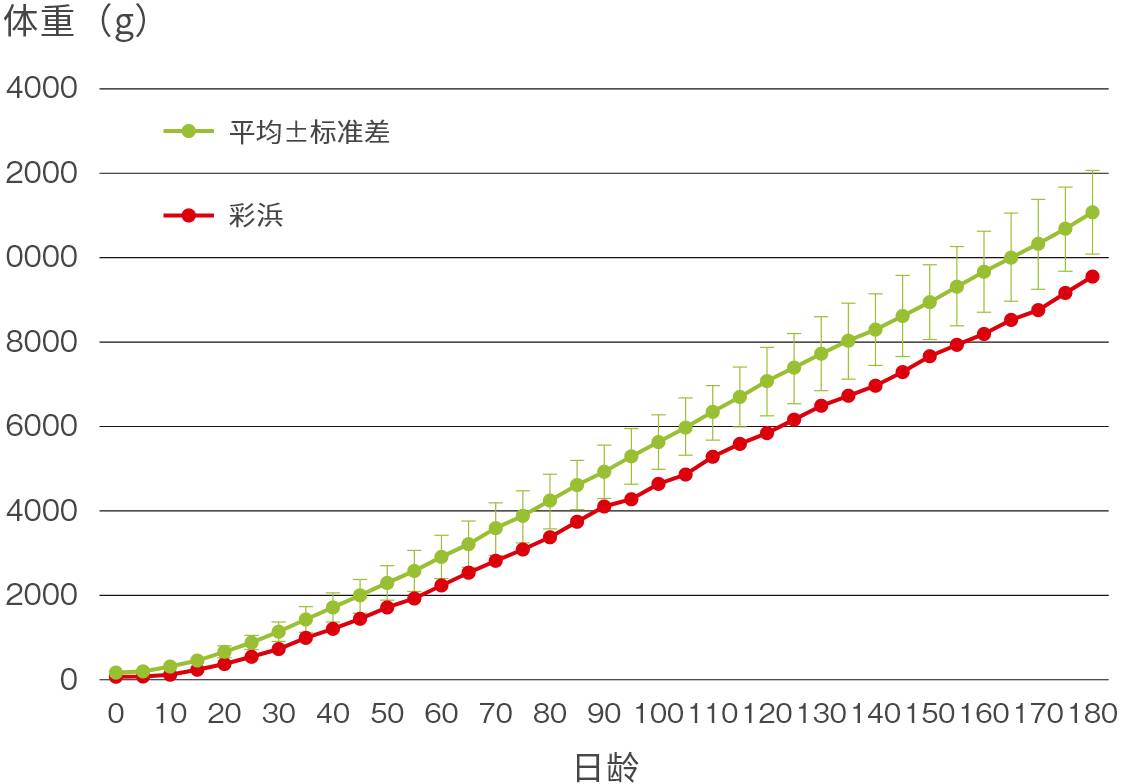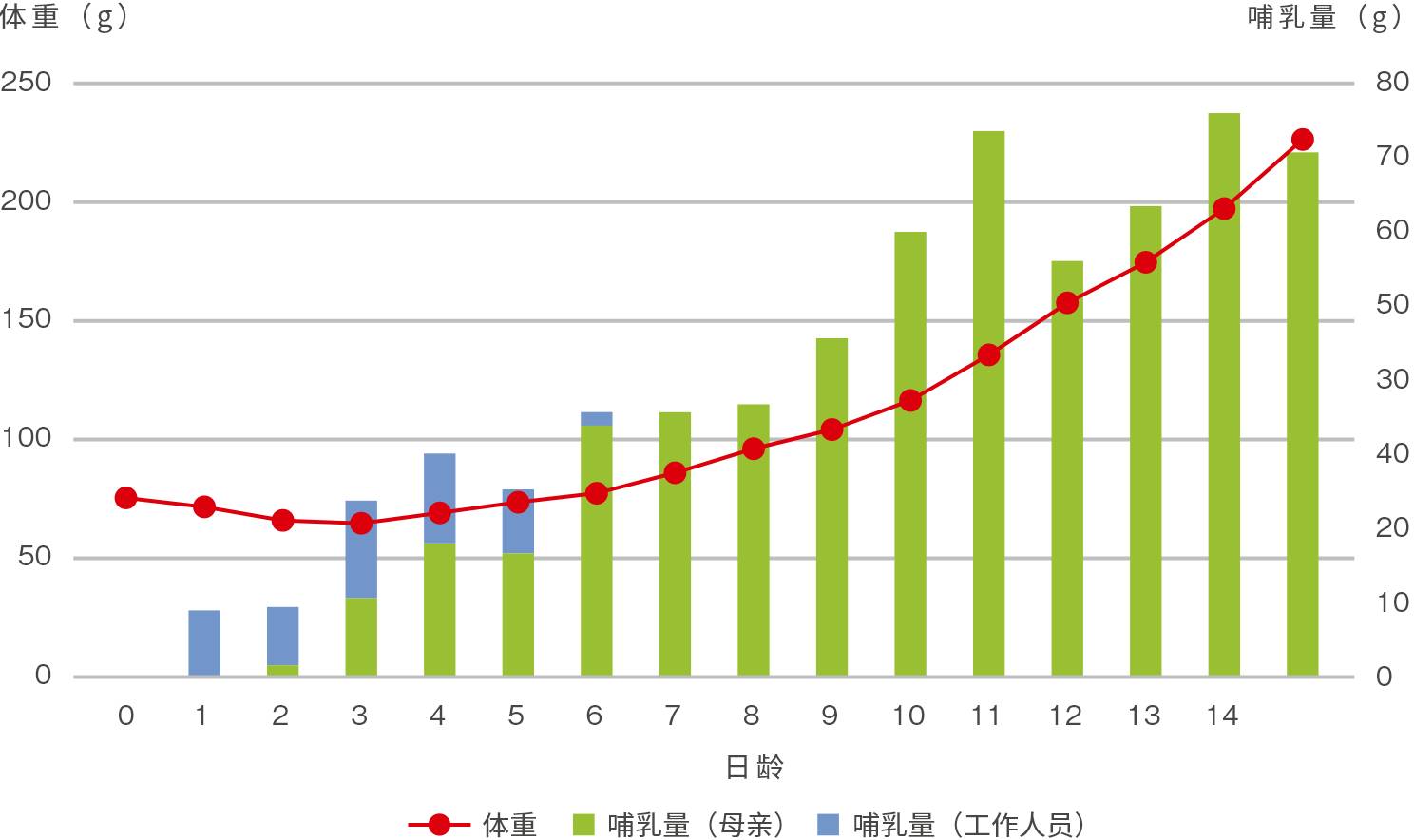

The average weight of a bear cub born in Shirahama Wildlife Park from 2000 to 2020 is 156.8 g. In general, the mortality rate of bear cubs weighing less than 100 g is higher, but in August 2018, a low-body weight bear cub weighing 51 g and 42.8 g was born in 2006 and 2019, respectively, at a large bear cat base in Chengdu. A low-body-weight, low-temperature bear cat cub with a body weight of 75g and a body temperature of 31.5℃ was born at Shirahama Wildlife Park, and both Chinese and Japanese experts collaborated to successfully adopt the cub (surname: Saihama) and his mother "Ryohama".
Births at Shirahama Wildlife Park
Check the weight of the big bear cat cubs
| Ursus macleayi (species of catfish) | birth weight | mother | |
|---|---|---|---|
| 2000年 | good beach | 195g | up and down |
| 2001年 | lustrous beach | 190g | |
| 2003年 | beautiful lustrous colour similar to that of the kingfisher's feathers | 160g | |
| sweetfish (Plecoglossus altivelis altivelis altivelis) | 106g | ||
| 2005年 | lucky break | 180g | |
| 2006年 | beautiful beach | 196g | |
| beautiful lustrous colour similar to that of the kingfisher's feathers | 84g | ||
| 2008年 | naturally flooded salt farm below the high-tide mark | 194g | good beach |
| Eihama | 116g | ||
| 2010年 | seaside | 158g | |
| sunny beach | 123g | ||
| 2012年 | beautiful lustrous colour similar to that of the kingfisher's feathers | 167g | |
| 2014年 | 桜浜 | 181g | |
| 桃浜 | 186g | ||
| 2016年 | beautiful beach | 197g | |
| 2018年 | coloured sandy beach | 75g | |
| 2020年 | shores of a newly constructed whale (i.e. without a cage) | 157g |
|
| Mean ± standard deviation | 156.8±40.8g |
Change in weight of Ayahama
-

*Average: 2000-2020间出生的大熊猫幼仔的体重 (n=17)
-
When she was born, her body temperature was only 31.5 degrees Celsius, she was unable to feed herself and was very weak. About 9 hours after her birth, she started not to hear "SAIHAMA"'s cry, so she was carried by her mother. At this time, "saihama"'s body temperature was only 33.5 degrees Celsius. His body temperature was only 33.4℃ and his breathing and heart rate were very weak, so the specialist placed him in the newborn's box and injected him with a strong tranquilizer. After about one short time of rescue, "SAIHAMA"'s breathing and heart rate slowed down and her body temperature returned to 36°C after 3 hours. During early care, be sure to keep the mother's feeding capacity, maintain body temperature, and maintain the polar cat's mental health.
1.Keep the amount of milk
To maintain feeding volume and body temperature, we only feed the baby when it is warm enough, and keep it warm in the box for the rest of the time. After birth, if the mother does not have the ability to suck the breast milk, the worker will insert the mother's milk into the baby's mouth and feed it to "SAIHAMA" using a syringe. The worker pulls "SAIHAMA"'s beak to the end of RYOHAMA's teat to encourage it to feed on its own. After 7 days after birth, "Saihama's weight exceeded her birth weight, reaching 77g, and although her speed slowed down to an average speed, her weight increased steadily from the beginning.
Changes in body weight and feeding volume

2.维持体温
About 7 hours after birth, "Saihama" and her mother, "Ryohama", will have the same body temperature, which drops to 2.1℃ at 1 hour. except when feeding or suckling. However, it was later discovered that the proportion between the length of time that the mother holds the baby and the length of time that the baby's body temperature drops is not always proportional to the mother's holding the baby, and this can have a negative effect on the way the mother holds the baby. The temperature of the newborn's box was initially set at 37.5°C, and then the body temperature and respiratory frequency rate of the "saiban" decreased. Every time "SAIHAMA" is used, the body temperature and respiration rate of "SAIHAMA" will decrease. When "saibama" and his mother are in the same room, his body temperature may drop, but from about 11 days after his birth, the temperature will start to drop gradually; after 18 days after his birth, when he weighs more than 300g, his body temperature will drop to the left and right for 60 minutes. Her body temperature is maintained above 35℃. After that, he has not yet appeared any major problems, but he grows up to be a strong and vigorous young bear cat, just like other big bear cat cubs.
3. Maintain the mental stability of the mother of the bear cat
It is very important to maintain the mental health of the mother, "Yoshihama". "Yoshihama" was born in 2008, and "SAIHAMA" was born in 2018, the 6th birth, and she is very attached to her own child. She is always ready to take care of the child, feeding, handling excrement, and so on. Once "SAIHAMA" comes to her, "RYOHAMA" will be in a hurry and search for the child at every corner. I can't help it. When "Yoshihama" is calm, move "Yoshihama" from the cell to another cell during the period when "Saahama" is running, and adjust the light in the dark room to keep the room calm. If "SAIHAMA" leaves for a long time, "RYOHAMA" may grow old or have less milk production, but "RYOHAMA" will be able to nurse the child very well.
